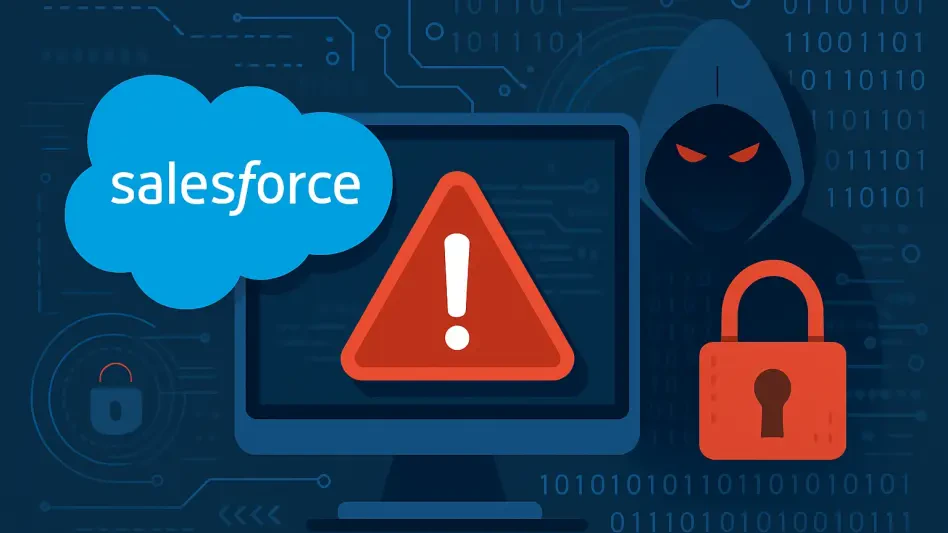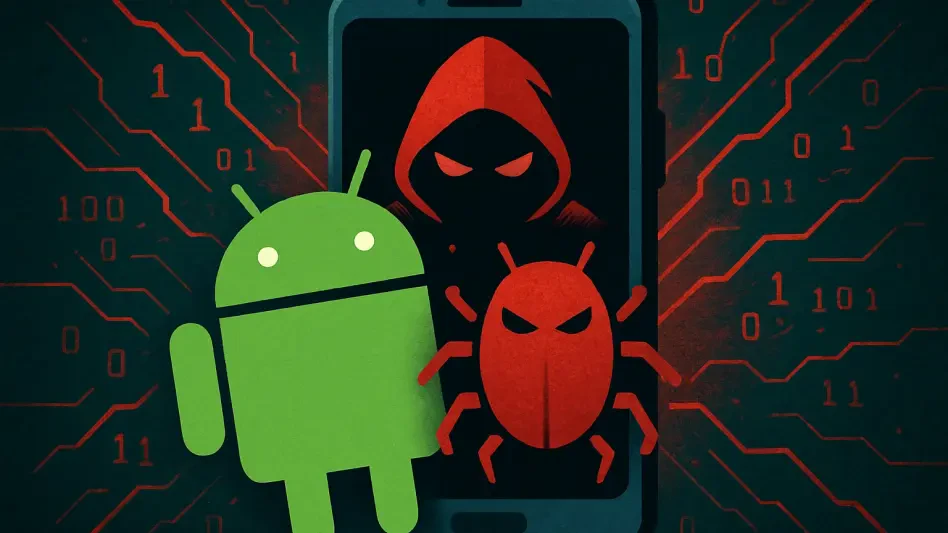In today’s rapidly advancing tech sphere, an unsettling digital threat looms, using the trusted façade of Booking.com emails to wreak havoc on systems through sophisticated malware dissemination. Hospitality businesses worldwide face an insidious cyber menace, disguised in the seemingly benign form of email notifications.
A Pervasive Cyber Risk: Understanding the Subtle Threat
The world of email communication often lulls recipients into a false sense of security, opening the door for cybersecurity attacks. Individuals who receive seemingly harmless Booking.com emails might find themselves victims of malware if unsuspicious of deceptive links disguised as genuine communications. Such emails are a reality of modern-day digital deception, blending effectively into regular workplace correspondence, thereby escalating security challenges.
Hospitality Industry in the Crosshairs
The hospitality sector stands particularly vulnerable as cybercriminals exploit digital communication channels to penetrate networks harboring sensitive guest information. By targeting hotel staff with convincing, yet fraudulent, emails, malicious actors have found a gateway into systems. These emails aim to extract personal and financial data, presenting a significant cybersecurity challenge for institutions trying to safeguard client confidentiality and operational integrity.
Exposure Through Phishing: Examining the Malicious Email Model
Phishing campaigns employ Booking.com branding, an ingenious move to capitalize on the platform’s credibility. Attackers craft emails designed to mimic familiar interactions, such as reservation confirmations or guest inquiries. These deceptive emails often contain links leading to persuasive CAPTCHA systems that stealthily install malware, escaping detection by unassuming users. Common tactics involve urgent false claims requiring immediate action, thus manipulating recipients to unknowingly compromise their systems.
Expert Insights: Analyzing Emerging Malware Trends
Cybersecurity experts underscore the significant evolution of tactics and malware variants involved in these phishing attacks. According to specialists at Cofense Intelligence, recognizable threats like XWorm RAT, known for its data exfiltration capabilities, make frequent appearances. The malware landscape continues to adapt, reflecting the shifting methodologies that constantly challenge cybersecurity defenses, underscoring the need for vigilance and proactive measures.
Building Resilience: Strategies for Cyber Defense
As digital threats evolve, businesses must bolster defenses to fend off phishing and malware risks effectively. Key to system protection lies in recognizing signs of phishing—such as unusual sender addresses or unexpected attachments—and implementing thorough security practices. Training staff to identify potential threats ensures a knowledgeable workforce capable of resisting digital deception. Additionally, installing advanced network security tools offers an extra layer of defense, crucial in an age where cyber threats are increasingly ingenious.
Having initiated the conversation on this pervasive threat, businesses are then encouraged to adopt comprehensive cybersecurity measures to preempt potential breaches. The multifaceted approach to safeguarding data involves being informed about potential vectors of attack and staying up-to-date with emerging threat landscapes. Recognizing the necessity of this proactive stance is vital to preserving digital security while navigating an era rife with cyber threats.








